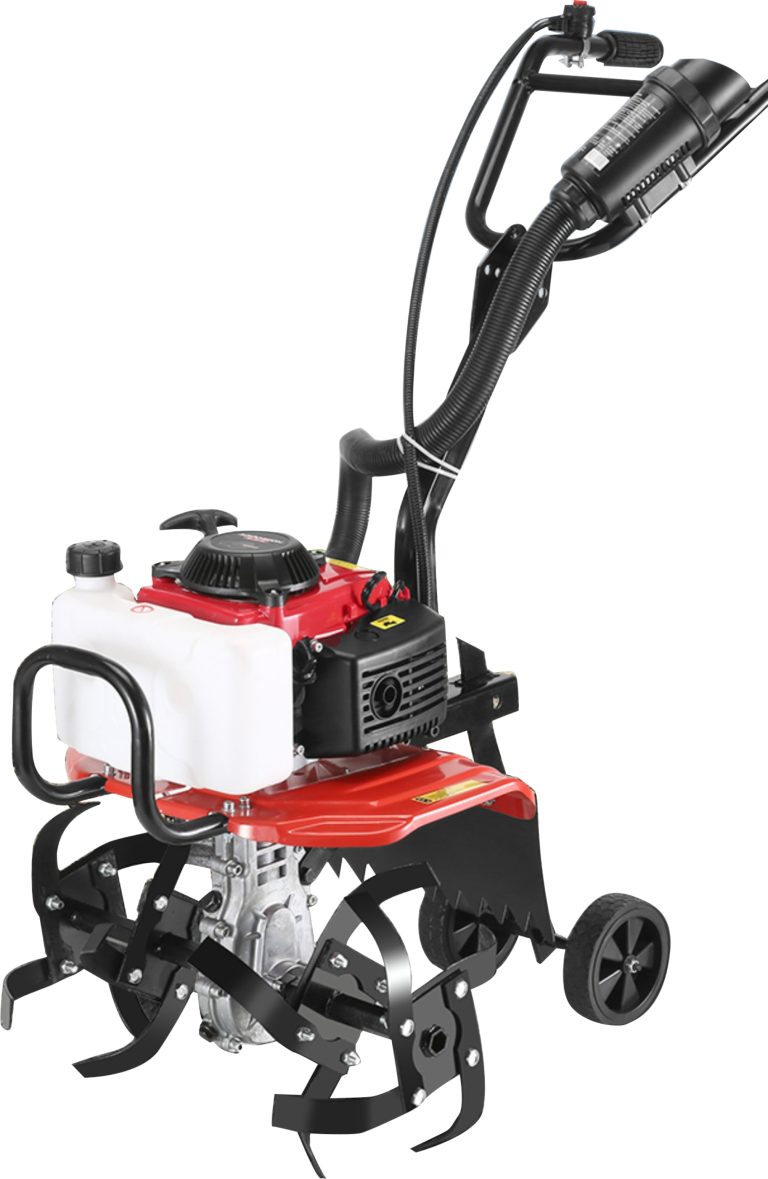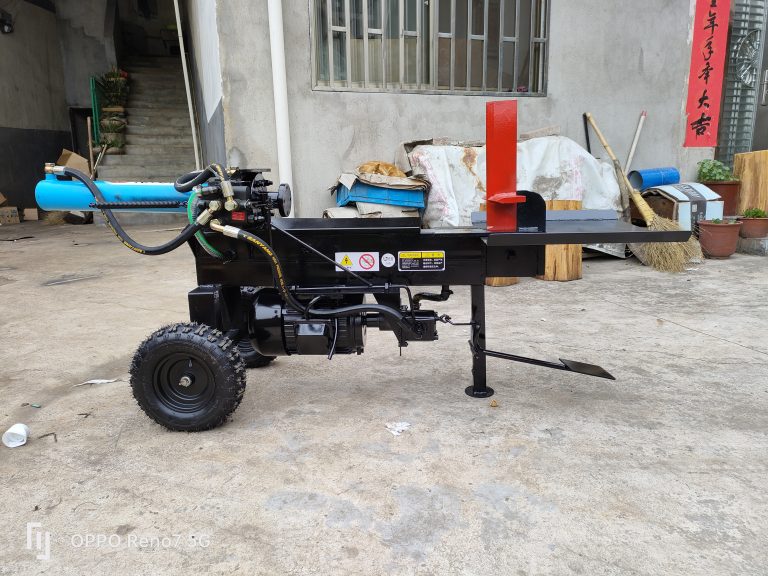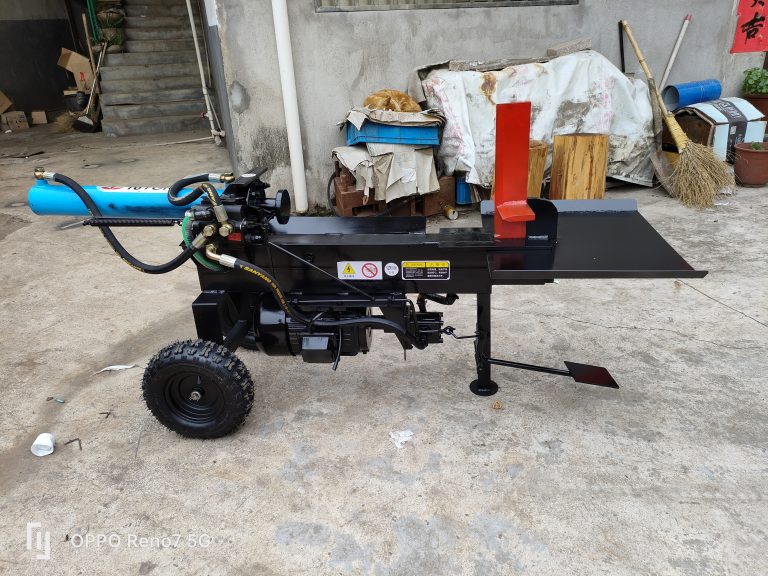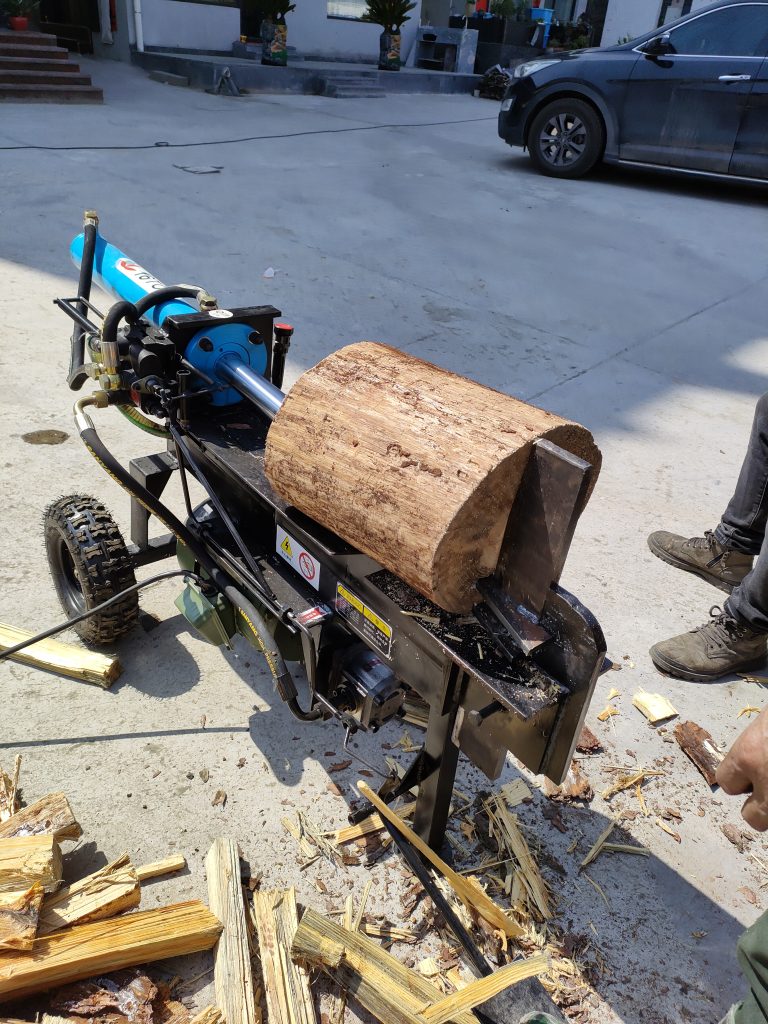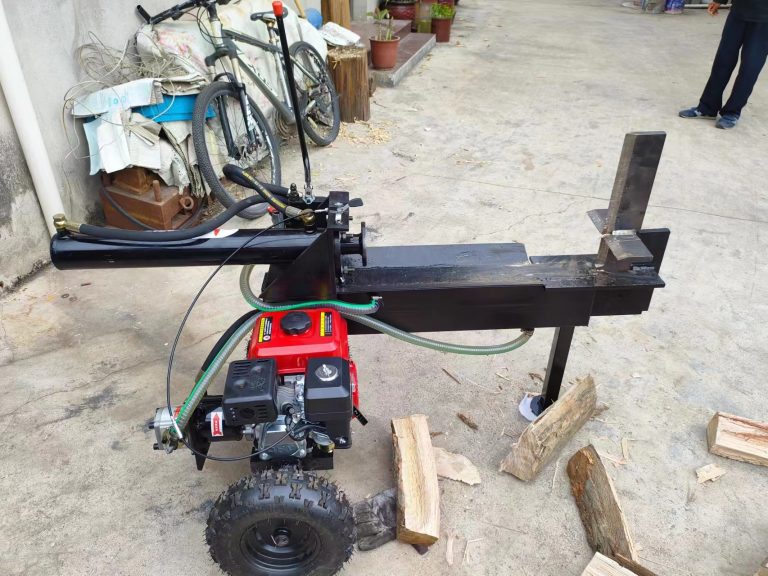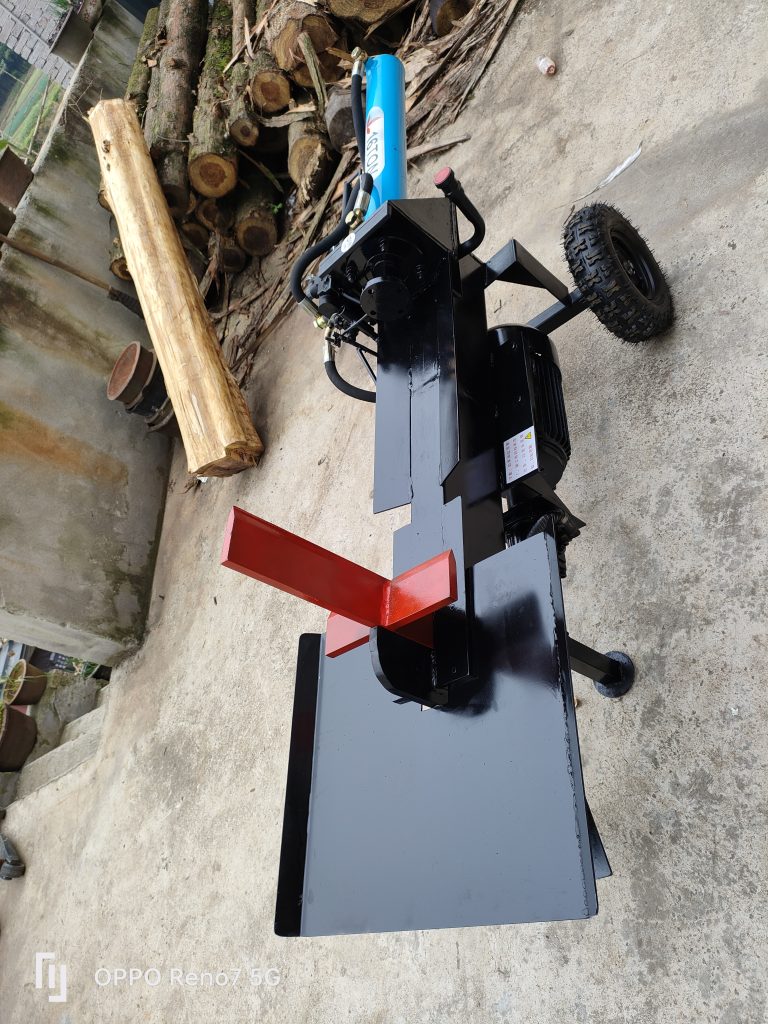Table of Contents
Efficiency of Firewood Splitting Machine Design
Firewood splitting machines have become an essential tool for many individuals who rely on wood as a primary source of heat during the colder months. These machines are designed to make the process of splitting firewood faster and more efficient, ultimately saving users time and effort. However, the question remains: does the design of firewood splitting machines truly meet the individual needs of users?
One of the key factors to consider when evaluating the efficiency of a firewood splitting machine design is its ease of use. Users want a machine that is simple to operate and does not require a steep learning curve. A well-designed machine should have clear instructions and intuitive controls that make splitting firewood a straightforward task. Additionally, the machine should be easy to maintain and repair, ensuring that users can keep it in good working condition for years to come.

Another important aspect of firewood splitting machine design is its safety features. Users want a machine that prioritizes their safety and minimizes the risk of accidents. This includes features such as safety guards, emergency stop buttons, and automatic shut-off mechanisms. A well-designed machine should also be stable and sturdy, reducing the likelihood of it tipping over during operation.
| Applicable Industries | Farms, Home Use, Retail, Construction works , Forestry and Garden |
| Type | Wood splitter |
| Power Type | Gasoline/Petrol/Diesel/E-power |
| Splitting Force | 2tons/5tons/10tons/16tons/22tons |
| Maximumn trunk length: | 60cm |
| Maximmn trunk Dia: | 35-55cm |
| Max. Output: | 7.5HP/15HP |
| Applicable Industries | Farms |
| Type | Wood splitter |
| Power Type | Gasoline |
| Splitting Force | 2tons |
| Maximumn trunk length: | 60cm |
| Maximmn trunk Dia: | 35-55cm |
| Max. Output: | 7.5HP/15HP |
Efficiency is another crucial factor to consider when evaluating the design of a firewood splitting machine. Users want a machine that can split wood quickly and effectively, allowing them to get the job done in a timely manner. The design of the machine should optimize the splitting process, ensuring that users can split a large quantity of wood with minimal effort. Additionally, the machine should be able to handle a variety of wood sizes and types, accommodating the diverse needs of users.
Durability is also an important consideration when evaluating the design of a firewood splitting machine. Users want a machine that is built to last and can withstand the rigors of regular use. A well-designed machine should be made from high-quality materials that are resistant to wear and tear. Additionally, the machine should be designed in a way that minimizes the risk of mechanical failures, ensuring that users can rely on it for years to come.
In conclusion, the design of firewood splitting machines plays a crucial role in meeting the individual needs of users. A well-designed machine should be easy to use, safe, efficient, and durable. By prioritizing these factors in the design process, manufacturers can create machines that truly meet the needs of users and enhance their overall experience. Ultimately, the design of a firewood splitting machine should be tailored to the specific needs and preferences of users, ensuring that they can split firewood quickly, safely, and effectively.
User-Friendly Features of Firewood Splitting Machine
Firewood splitting machines have become an essential tool for many homeowners and professionals who rely on firewood for heating or cooking. These machines are designed to make the process of splitting wood faster and more efficient, saving users time and effort. However, not all firewood splitting machines are created equal, and it is important to consider whether the design of these machines meets the individual needs of users.
For example, some firewood splitting machines come equipped with a hydraulic system that automatically adjusts the pressure based on the size and hardness of the wood being split. This feature eliminates the need for users to manually adjust the pressure, making the machine easier to operate. Additionally, some machines have a built-in safety mechanism that prevents the machine from operating if the user’s hands are too close to the splitting wedge, reducing the risk of injury.
Another user-friendly feature of firewood splitting machines is their portability. Many machines are designed to be lightweight and compact, making them easy to transport and store. This is especially important for homeowners who may not have a dedicated space for storing a large machine. Additionally, some machines come equipped with wheels or a handle, making them easy to move from one location to another.
In addition to user-friendliness, the design of a firewood splitting machine should also take into account the individual needs of users. For example, some users may have limited physical strength or mobility, making it difficult for them to operate a traditional firewood splitting machine. In response to this, some manufacturers have developed machines that are operated using a foot pedal or lever, reducing the amount of physical effort required.
Furthermore, some users may have specific requirements when it comes to the size and shape of the wood they are splitting. For example, some users may need to split wood into smaller pieces for use in a wood stove, while others may need larger pieces for a fireplace. To meet these individual needs, some firewood splitting machines come equipped with adjustable splitting wedges that can be easily changed to accommodate different sizes of wood.
Overall, the design of a firewood splitting machine plays a crucial role in determining its user-friendliness and suitability for individual users. By considering factors such as ease of operation, safety features, portability, and the ability to accommodate different wood sizes, manufacturers can create machines that meet the diverse needs of users. Ultimately, a well-designed firewood splitting machine can make the process of splitting wood more efficient and enjoyable for users of all backgrounds and abilities.
Customization Options for Firewood Splitting Machine
Firewood splitting machines have become an essential tool for many individuals who rely on wood as a primary source of heat during the colder months. These machines are designed to make the process of splitting firewood faster and more efficient, saving users time and effort. However, one question that often arises is whether the design of these machines meets the individual needs of users.
When it comes to firewood splitting machines, one size does not fit all. Different users have different needs and preferences when it comes to splitting firewood. Some users may have limited physical strength and require a machine that is easy to operate, while others may have specific requirements in terms of the size and shape of the wood they need for their fireplace or wood stove.
One way in which manufacturers have addressed the issue of meeting individual needs is by offering customization options for their firewood splitting machines. These options allow users to tailor the machine to their specific requirements, ensuring that it meets their needs and preferences.
One common customization option for firewood splitting machines is the ability to adjust the splitting wedge. The splitting wedge is the part of the machine that actually splits the wood. By allowing users to adjust the position of the splitting wedge, manufacturers can accommodate different sizes and shapes of wood, ensuring that users can split their firewood to the exact specifications they need.
Another customization option that is often available for firewood splitting machines is the ability to adjust the splitting force. Some users may require a machine with a higher splitting force in order to split larger or denser pieces of wood, while others may prefer a machine with a lower splitting force for smaller or softer pieces of wood. By allowing users to adjust the splitting force, manufacturers can ensure that their machines are suitable for a wide range of users and applications.
In addition to these customization options, some manufacturers also offer additional features that can further enhance the usability and functionality of their firewood splitting machines. For example, some machines come equipped with a hydraulic lift that allows users to easily load and unload logs, reducing strain on the user’s back and arms. Others may have a built-in conveyor belt that automatically transports split wood to a storage area, saving users time and effort.
Overall, the design of firewood splitting machines has evolved to meet the individual needs of users. By offering customization options and additional features, manufacturers are able to provide users with a machine that is tailored to their specific requirements. Whether users need a machine that is easy to operate, adjustable splitting force, or additional features to enhance usability, there are options available to meet their needs. Ultimately, the design of firewood splitting machines continues to evolve in order to provide users with a tool that is efficient, effective, and tailored to their individual needs.

